
This Lovely TLR was Produced between 1954 – 1959 in Germany.
It takes standard 120 film, colour or b&w and creates 12 images of 6 x 6 cm per roll.
The Lens is a Pluscanar Anastigmat with a Focal Length of 75mm
Aperture Type : Iris with a rnage from f3.5 to f22
Shutter Type : Velio Shutter Speeds : T,B, I(1/200s – 1/10s)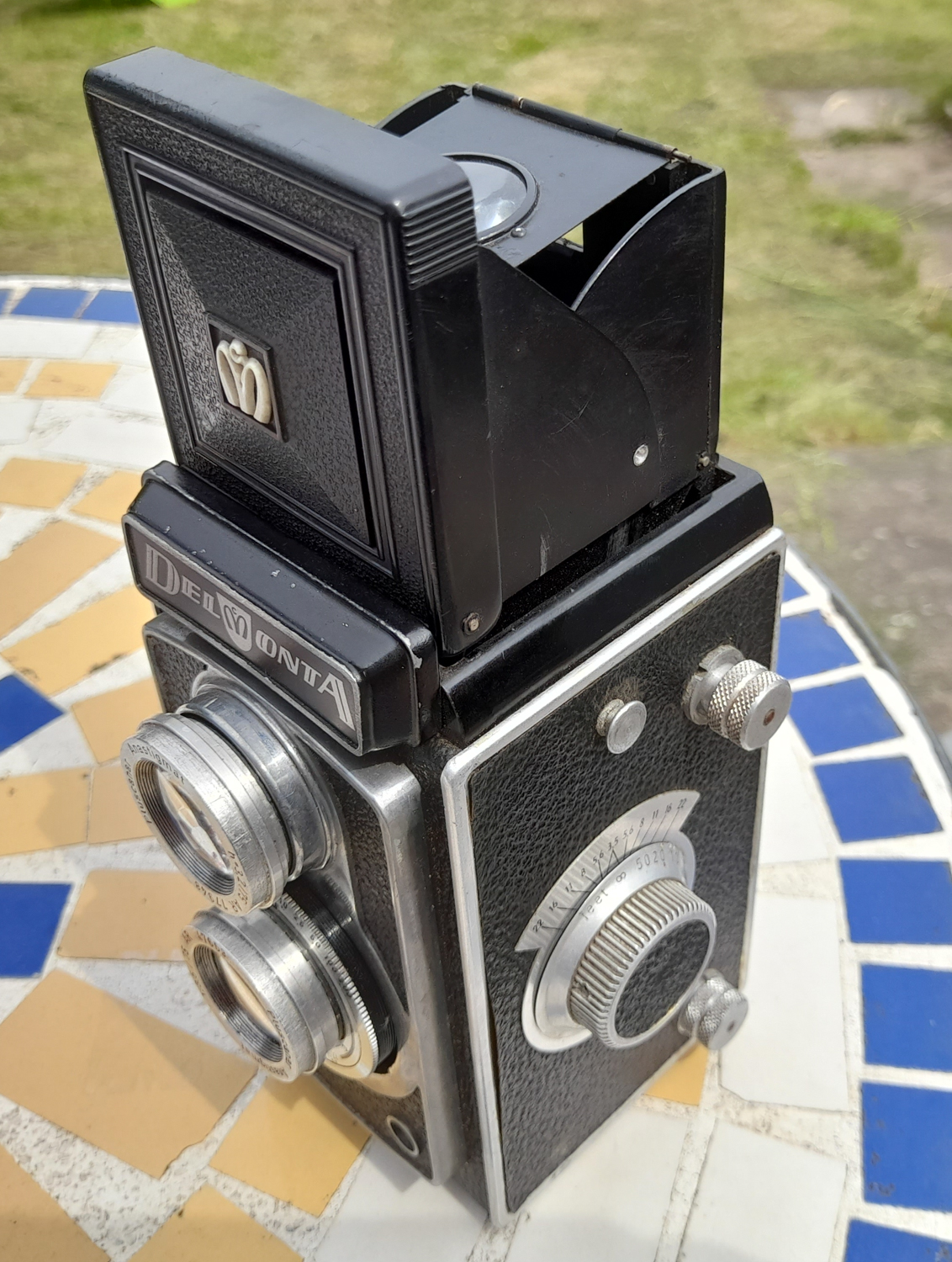
The Delmonta is a Twin Lens Reflex camera made out of metal and plastic. It takes 12, 6cm square, images on 120 film. The large viewfinder lens (f/3.2) produces a bright image on the ground glass screen. There is a magnifying glass that can be flipped into place to check focussing. The front of the viewfinder also drops down to produce a simple ‘sports finder’. It was also sold as the Atlantic Olympia in Sweden.
I know this isn’t the best one out there, but it’s pretty good. Good Build Quality and Produces the results. If your starting out with 120 film, medium format photography, it’s definitely a way to go.

A large knob on the left hand side of the camera is used for focussing. When this is turned, a plate that supports the main lens and the viewfinder lens moves forward and backward to achieve focus. The focus dial has markings indicating the depth of field for various aperture settings. The aperture range is f/3.5 to f/22. It can focus between 4ft and infinity.
The one in the video had a smooth action and focused really well.
The Velio shutter is capable of shutter speeds varying from 1/200s down to 1/10s. The shutter has to be set before it is released. The shutter release is not coupled to the frame advance, so double exposure is possible. It has a screwed terminal to accept a cable release.
I have tested the cable release and it works great. Some long exposure to come at some point.
The camera supports flash photos with a pc socket for synchronization.
Under the shutter release button, there is a special housing to store an additional exposed or unexposed film.
Film advance is indicated by a red window which has a sliding cover.
This is the only part i had truck with. With the ilford film, i couldn’t make out the markings on the back of the film to know where to stop winding. When i swapped over to Fomopan, i could see it a lot better. Could be a little of both, but it’s something i noticed.
The highest speed (1/200s) is probably no longer accurate and may run slow. This would lead to overexposure.
I would err on the side of overexposure anyway, but mine didn’t seem too bad, and gave me the results i was expecting.
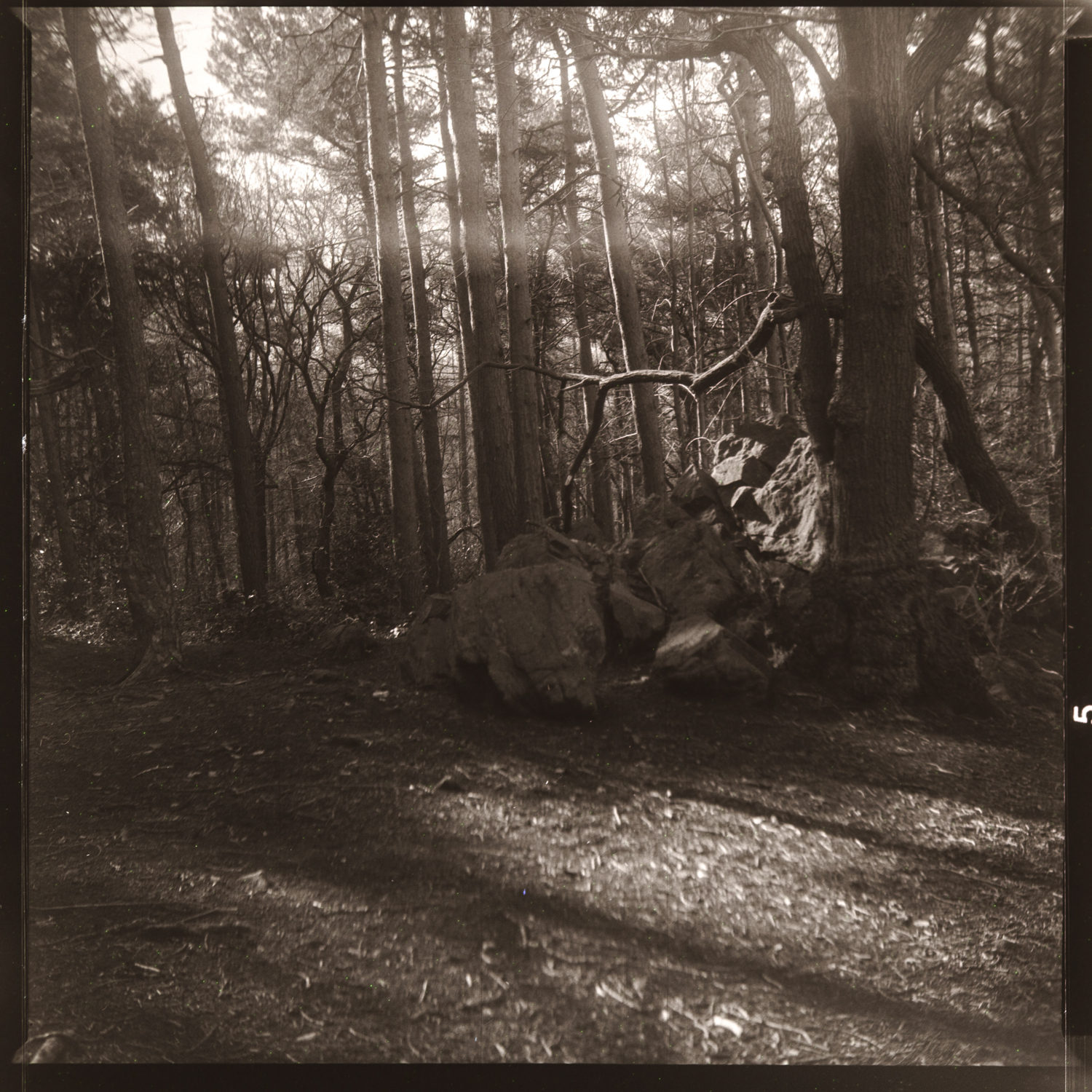
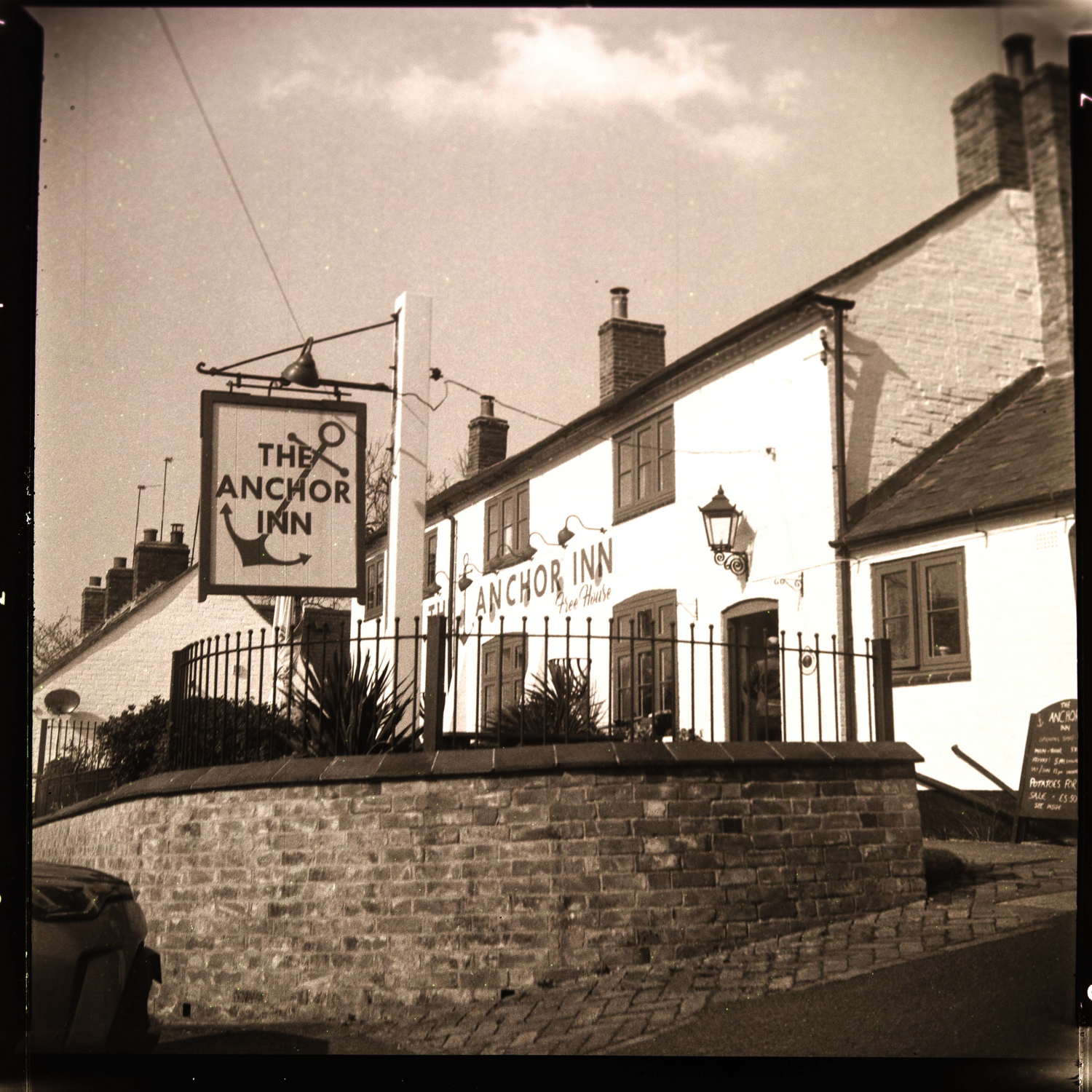

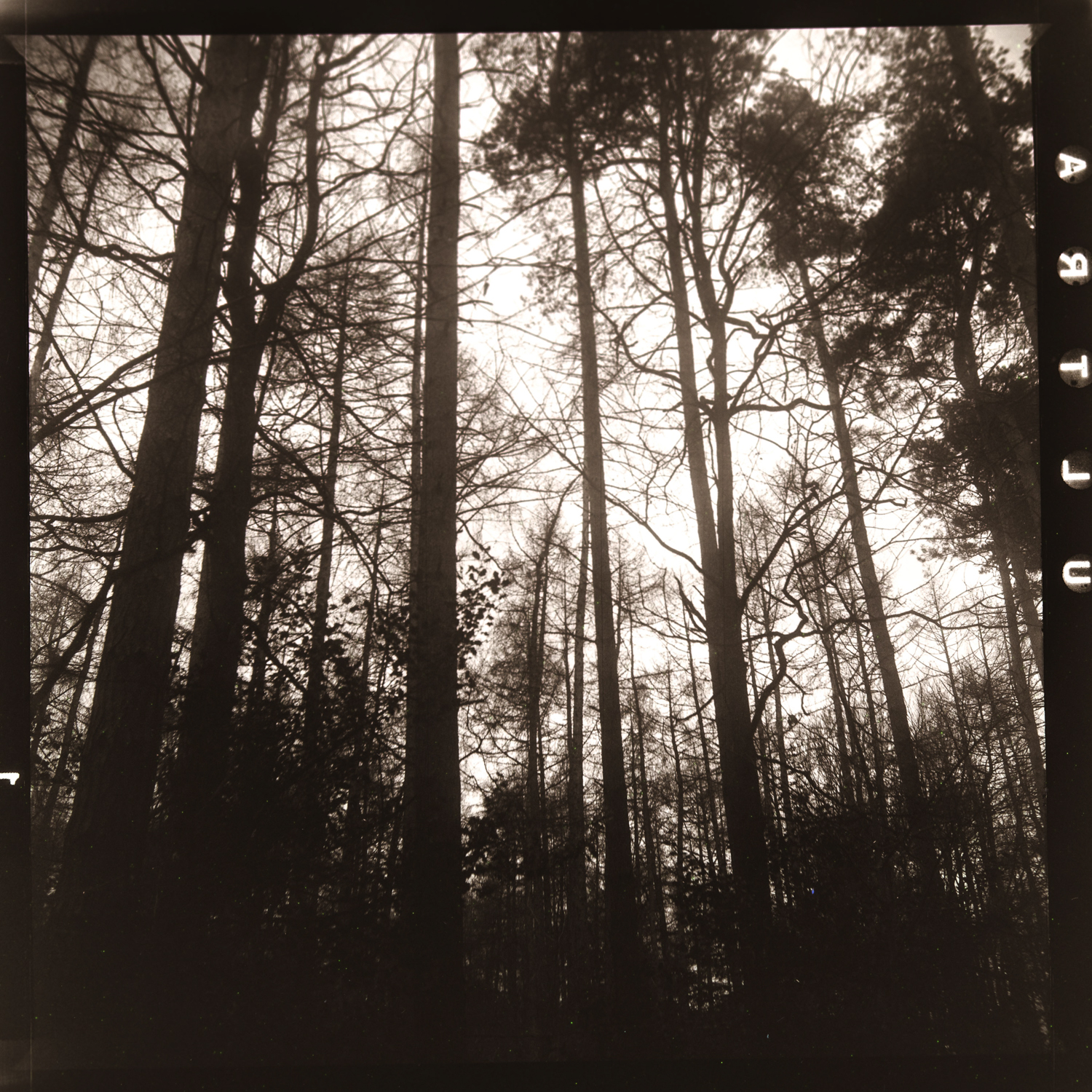
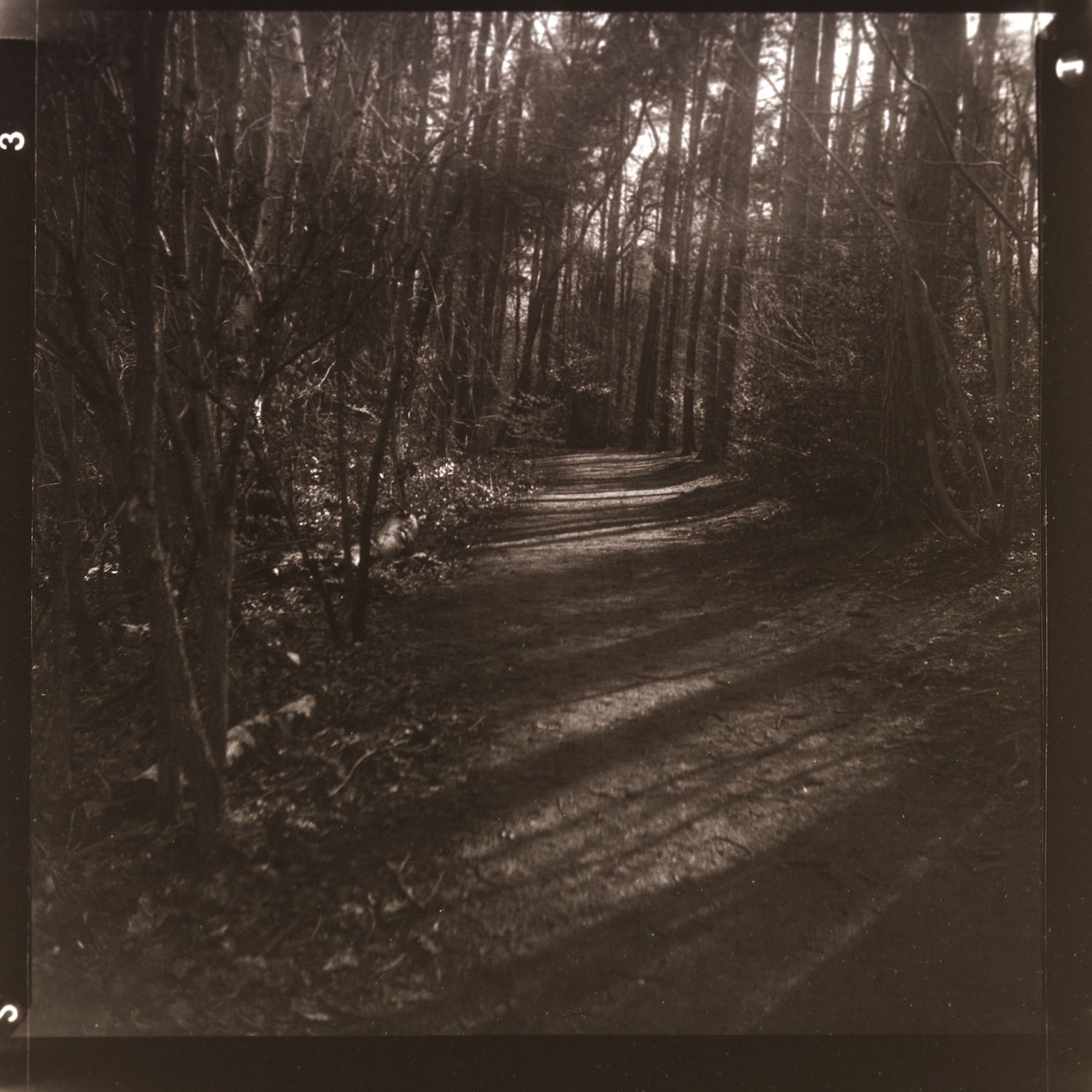
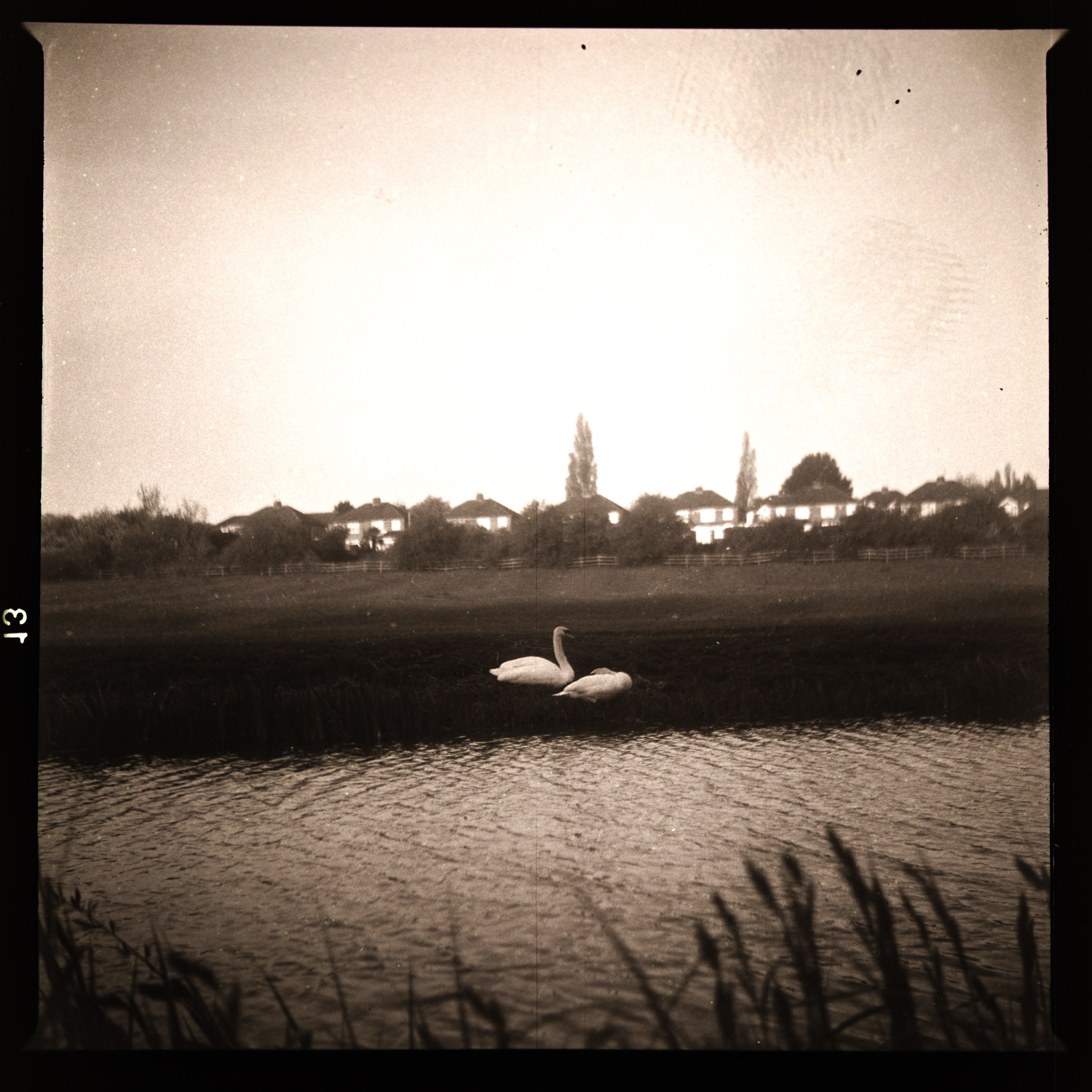
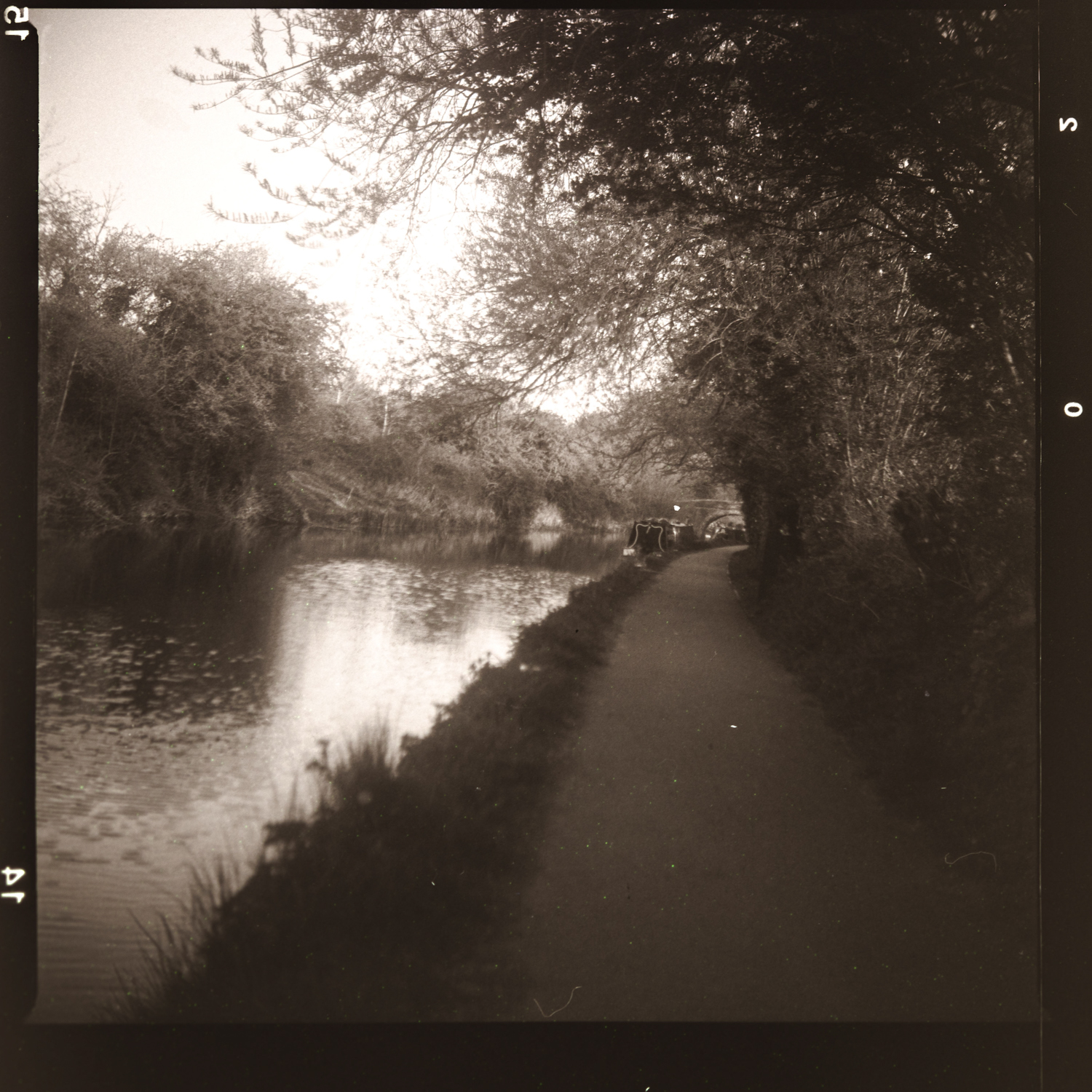
All in all a solid TLR. I couldn’t find much to fault with it. build quality is good, and easy to use. A lot more to come from this camera.